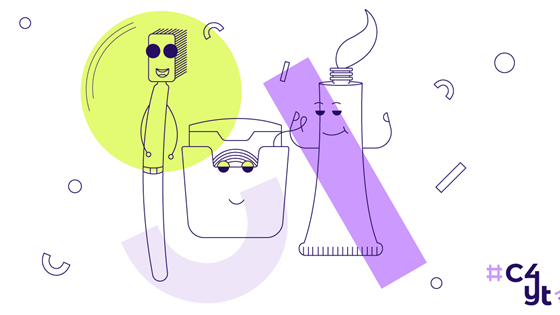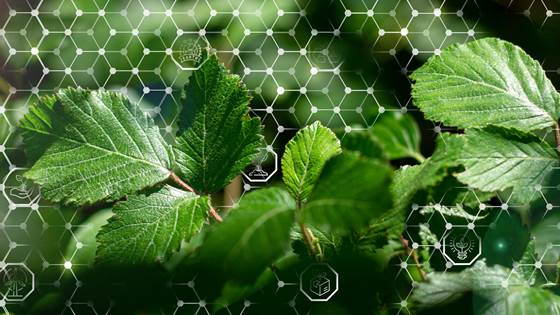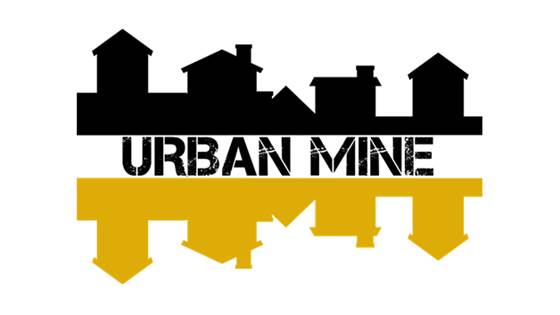
MARINAL - Safe use of aluminium in marine multi-material constructions
The main goal of MARINAL is to strengthen and extend the use of aluminium alloys in marine applications.

The main goal of MARINAL is to strengthen and extend the use of aluminium alloys in marine applications.

Øygarden municipality wants SINTEF as a research and development partner as part of realizing the municipality's vision of becoming a lighthouse in the west, and what this ambition will require of the municipality with regard to competence and...

The project deals with developing an optical system for detecting worn out tires on driving vehicles.

Computational Fluid Dynamics for the Design of Energy Efficient and Environment Friendly Marine Propulsors.

Retail is undergoing major changes driven by advances in digital technology, changes in competition, and new patterns of consumer behaviour. There is substantial potential for innovation in the intersection of the current availability of physical...

Nexans Norway, together with research partners, aim to develop the next generation lead-free power cables. In the FutureCaRe project, we will perform testing and develop modelling tools to secure high reliability and long lifetime of lead-free “wet...

HARARE's overall objective is to eliminate waste from the metallurgical industry while recovering valuable materials and encouraging the use of hydrogen in the industry.

The project #Care4YoungTeeth<3 will contribute to improving the oral health of all adolescents, regardless of social, geographical or economic background.

The project will examine the risk factors for ill-health in some female-dominated occupations in public sector, and how cooperation between the parties locally in the workplace and the employees can help strengthen the efforts to prevent work-related...

The goal of the SolOPP project is to produce a stable Ta3N5-based photoelectrode that exceeds the limit of 8 mA/cm2 set by the EU and US Energy Departments as a target for commercial exploitation.

The AI4CSM project develops advanced electronic components and systems (ECS) and architectures for future mass-market electric connected autonomous and shared (ECAS) vehicles. This fuels the digital transformation in the automotive sector to support...

The exposure of slender marine structures, e.g., deep-water risers and power cables to floating wind turbines, to waves and currents causes excitation forces and leads to fast accumulation of fatigue damage and amplified drag loads. In many cases...

NoviCo will contribute to achieve EU’s ambitious objectives, by providing an innovative technological solution for the sustainable and socially acceptable conversion of low value lignocellulosic residues, such as thinnings, sawdust into biobased...

The PERFECOAT project will develop and validate a new generation of industrial wood and decorative coatings with significantly more than 25% bio-based components from climate neutral sources and processes.

Advanced technologies for recovery and recycling of secondary raw materials from end-of-life modules.

The use of renewable marine bioresources to make feed ingredients for fish feed is still in its infancy. In POLYKELP, we will study seaweed and brush worms aimed for use as salmon feed.

TRICK offers a low-cost way for small businesses to join the circular economy.

Explore institutional, political, and business frameworks for using mineral waste as a resource in green transitions.